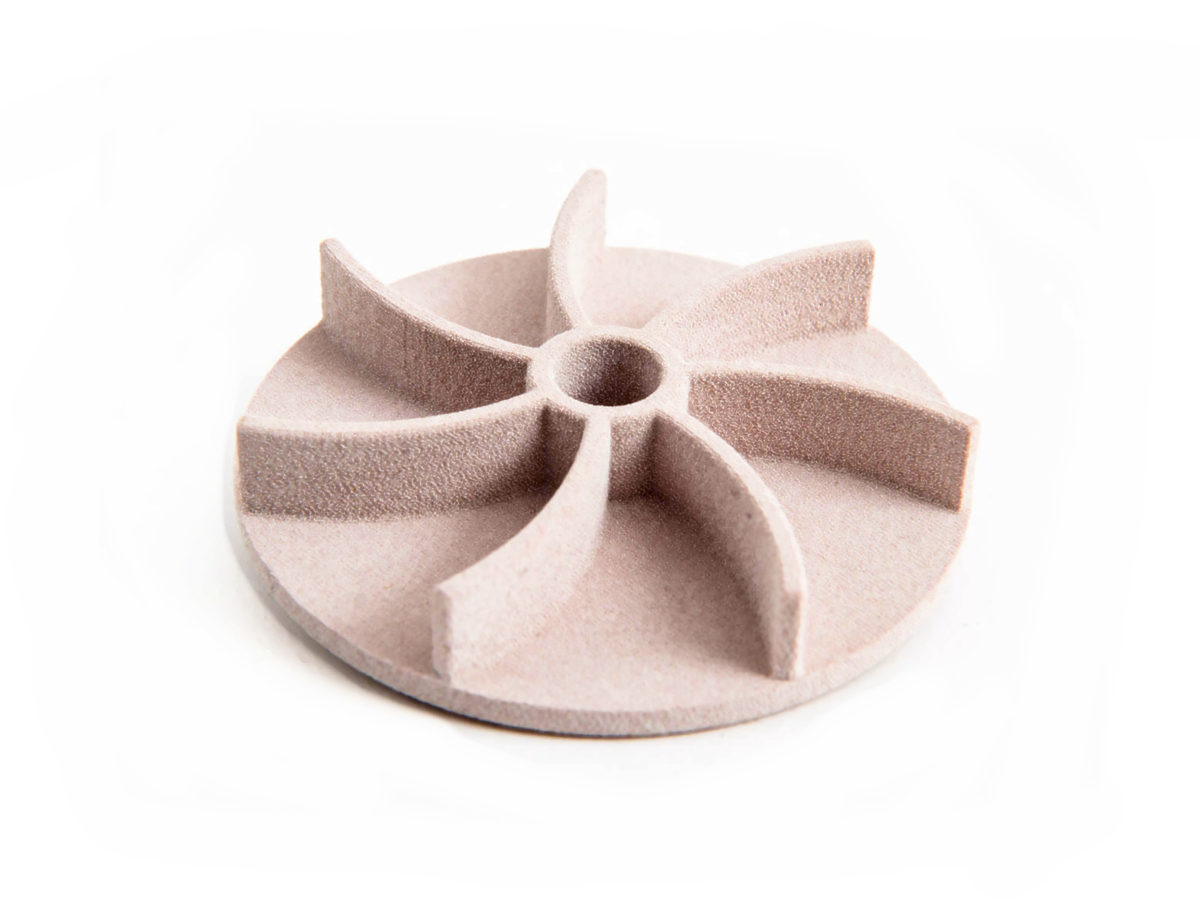CNC Machining of Ceramic Components for Aerospace Thermal Protection
Introduction to CNC Machining of Ceramic Components for Aerospace Thermal Protection
In aerospace, components exposed to extreme temperatures must maintain structural integrity and withstand intense heat flux. CNC machining of ceramic components offers a critical solution for creating precision parts that provide effective thermal protection. Ceramics such as silicon carbide (SiC), alumina (Al₂O₃), and zirconia (ZrO₂) are known for their exceptional thermal resistance, making them essential in the aerospace sector for components such as heat shields, nozzles, and thermal protection systems.
CNC machining of ceramics ensures high precision and complex geometries, which are crucial for parts that protect sensitive aerospace systems. These ceramic parts help prevent heat damage, maintain thermal stability, and improve the efficiency of aerospace vehicles, including satellites, spacecraft, and high-performance aircraft.
Material Performance Comparison for Ceramic Components in Aerospace Thermal Protection
Material | Thermal Conductivity (W/m·K) | Compressive Strength (MPa) | Machinability | Corrosion Resistance | Typical Applications | Advantages |
|---|---|---|---|---|---|---|
120-150 | 400-600 | Poor | Excellent | Heat shields, nozzles, thermocouples | Exceptional thermal conductivity, high mechanical strength | |
30-35 | 200-500 | Moderate | Excellent | Insulating components, thermal barriers | High hardness, excellent wear resistance | |
2.5-3.0 | 1200-2000 | Poor | Good | Thermal protection, turbine blades | Superior toughness, high temperature stability | |
170-200 | 300-500 | Good | Excellent | Thermal management systems, heat exchangers | High thermal conductivity, electrical insulation |
Material Selection Strategy for Ceramic Components in Aerospace Thermal Protection
Silicon Carbide (SiC), with its thermal conductivity of 120-150 W/m·K, is ideal for applications requiring high mechanical strength and excellent thermal conductivity. It is frequently used in heat shields, nozzles, and thermocouples, where resistance to high temperatures and structural integrity are critical for performance.
Alumina (Al₂O₃), known for its high hardness and excellent wear resistance, is selected for its high-temperature stability and insulating properties. Its compressive strength (200-500 MPa) makes it ideal for insulating components and thermal barriers that withstand mechanical stress and extreme temperatures.
Zirconia (ZrO₂) offers superior toughness and a compressive strength of 1200-2000 MPa. It is used in high-stress applications such as thermal protection systems and turbine blades, where high-temperature stability and mechanical integrity are crucial for extended performance.
Aluminum Nitride (AlN) has high thermal conductivity (170-200 W/m·K). It is selected for applications requiring efficient heat transfer and electrical insulation, such as heat exchangers and thermal management systems in aerospace vehicles.
CNC Machining Processes for Ceramic Components in Aerospace Thermal Protection
CNC Machining Process | Dimensional Accuracy (mm) | Surface Roughness (Ra μm) | Typical Applications | Key Advantages |
|---|---|---|---|---|
±0.005 | 0.2-0.8 | Heat shields, thermal barriers | Complex geometries, high precision | |
±0.005-0.01 | 0.4-1.2 | Insulating rings, turbine components | Excellent rotational accuracy | |
±0.01-0.02 | 0.8-1.6 | Mounting holes, ports | Precise hole placement | |
±0.002-0.005 | 0.1-0.4 | Surface-sensitive components | Exceptional surface smoothness |
CNC Process Selection Strategy for Ceramic Components
5-Axis CNC Milling is ideal for manufacturing intricate ceramic components like heat shields and thermal barriers. With tight tolerances (±0.005 mm) and fine surface finishes (Ra ≤0.8 µm), this process enables the creation of complex geometries required for optimal thermal protection in aerospace systems.
CNC Turning produces cylindrical ceramic parts, such as insulating rings and turbine components, ensuring excellent rotational accuracy (±0.005 mm). This process guarantees that parts fit precisely, maintaining the efficiency and stability of the thermal protection system.
CNC Drilling ensures precise hole placement (±0.01 mm), which is crucial for creating mounting holes and precision ports used in ceramic components. Accurate drilling is essential to ensure that parts align properly during assembly and function correctly under extreme conditions.
CNC Grinding is used to achieve ultra-fine surface finishes (Ra ≤ 0.4 µm) on ceramic components. This process is critical for parts that require smooth surfaces, such as sealing components and high-performance turbine blades, ensuring that they minimize wear and improve performance in high-temperature environments.
Surface Treatment for Ceramic Components in Aerospace Thermal Protection
Treatment Method | Surface Roughness (Ra μm) | Corrosion Resistance | Hardness (HV) | Applications |
|---|---|---|---|---|
0.1-0.4 | Superior (>1000 hrs ASTM B117) | N/A | High-performance components, aerospace parts | |
0.2-0.8 | Excellent (>1000 hrs ASTM B117) | N/A | Thermal protection, sealing components | |
0.2-0.6 | Excellent (>800 hrs ASTM B117) | 1000-1200 | Ceramic turbine blades, thermal barriers | |
0.2-0.6 | Superior (>1000 hrs ASTM B117) | 800-1000 | High-temperature components, aerospace applications |
Typical Prototyping Methods
CNC Machining Prototyping: High-precision prototypes (±0.005 mm) for functional testing of ceramic components used in aerospace thermal protection systems.
Rapid Molding Prototyping: Fast and accurate prototyping for complex ceramic components like heat shields and thermal barriers.
3D Printing Prototyping: Quick-turnaround prototyping (±0.1 mm accuracy) for initial design validation of ceramic parts.
Quality Inspection Procedures
CMM Inspection (ISO 10360-2): Dimensional verification of ceramic components with tight tolerances.
Surface Roughness Test (ISO 4287): Ensures surface quality for precision components in aerospace systems.
Salt Spray Test (ASTM B117): Verifies corrosion resistance performance of ceramic parts in harsh environments.
Visual Inspection (ISO 2859-1, AQL 1.0): Confirms aesthetic and functional quality of ceramic components.
ISO 9001:2015 Documentation: Ensures traceability, consistency, and compliance with industry standards.
Industry Applications
Aerospace: Ceramic heat shields, turbine components, thermal protection systems.
Automotive: Insulating components, exhaust systems, engine parts.
Oil and Gas: High-temperature seals, ceramic valves, thermal insulation.
FAQs:
Why are ceramics used in aerospace thermal protection?
How does CNC machining improve the precision of ceramic components?
Which ceramic materials are most suitable for high-temperature aerospace applications?
What surface treatments improve the durability of ceramic components?
What prototyping methods are best for ceramic components in aerospace applications?

